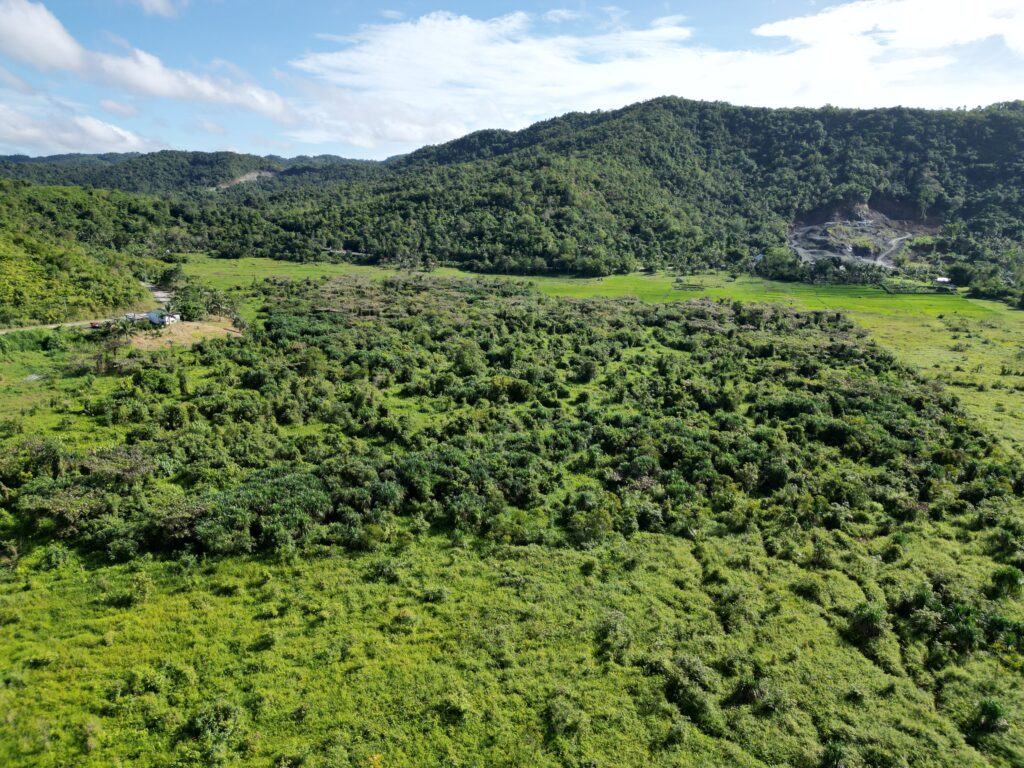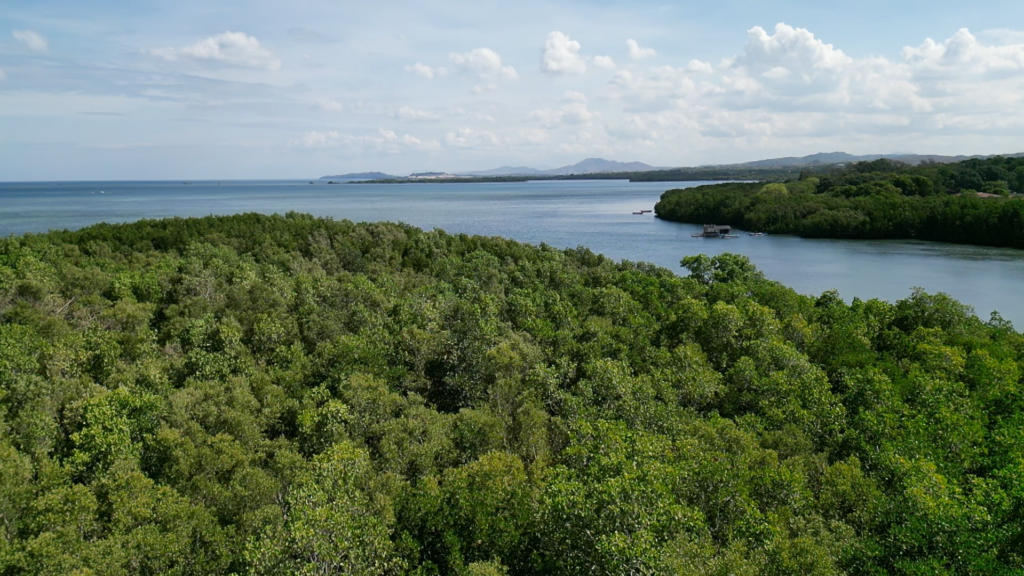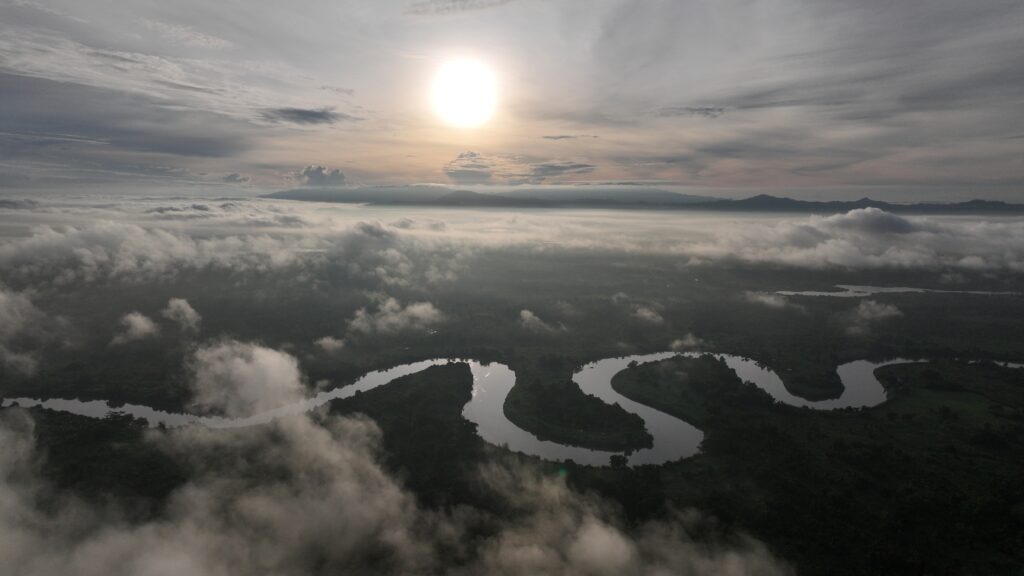Types of Wetlands
Peatlands

Peatlands are wetlands with a thick water-logged soil layer made up of dead and decaying plant material. They include moors, bogs, mires, peat swamp forests and permafrost tundra. Peatlands represent half of the Earth’s wetlands and cover 3% of the global total land area.
Why are peatlands important?
Peatlands absorb heavy rainfall, providing protection against floods, and release water slowly, ensuring a supply of clean water throughout the year. Millions of people depend on peatlands for their livelihoods, such as herding cattle, fishing, and farming. Tropical peat swamp forests are home to thousands of animals and plants, including many rare and critically endangered species such as the orangutan and Sumatran tiger. Peatlands contain twice as much carbon as the world’s forests.
Deltas and Coasts

Wetlands in deltas and along coasts are connectors between marine, freshwater, and terrestrial ecosystems. These wetlands include mangrove forests, salt marshes, seagrass beds, mudflats and even coral reefs! By regulating flows of water and sediment, they contribute to building robust and diverse coastlines.
Why are coasts and deltas important?
Coasts and deltas serve as ecological corridors that provide breeding grounds for fish and other marine fauna, stopover sites for millions of migratory birds, and hunting and grazing grounds for visiting megafauna from sharks to tigers. They store large amounts of carbon in biomass and soils – typically more than equivalent areas of rainforests. As fishing grounds, they sustain hundreds of millions of livelihoods, many of them directly dependent on wetland services. Coastal wetlands such as mangrove forests also provide vital protection from storms, floods, and salt water intrusion, and even sea level rise.
Rivers and Lakes

Rivers connect to major wetland systems and deltas, which are found on the lower reaches of rivers, where the flow of water slows down and spreads out into expanses of wetlands and shallow water. Rivers and lakes are critical in arid and semi-arid areas, where wetlands are characterised by seasonal rainfall and wetlands that retain water long after the rest of the landscape has dried out.
Why are rivers and lakes important?
Rivers and lakes serve as important sources of drinking water, food and irrigation for crops. River waters also recharge lakes and transport fertile sediments that enrich floodplains and marshes. Rivers play an essential role as highways for transportation and commerce and as sources of energy. Rivers and lakes provide critical habitat for fish and other freshwater animals such as amphibians and shellfish.
